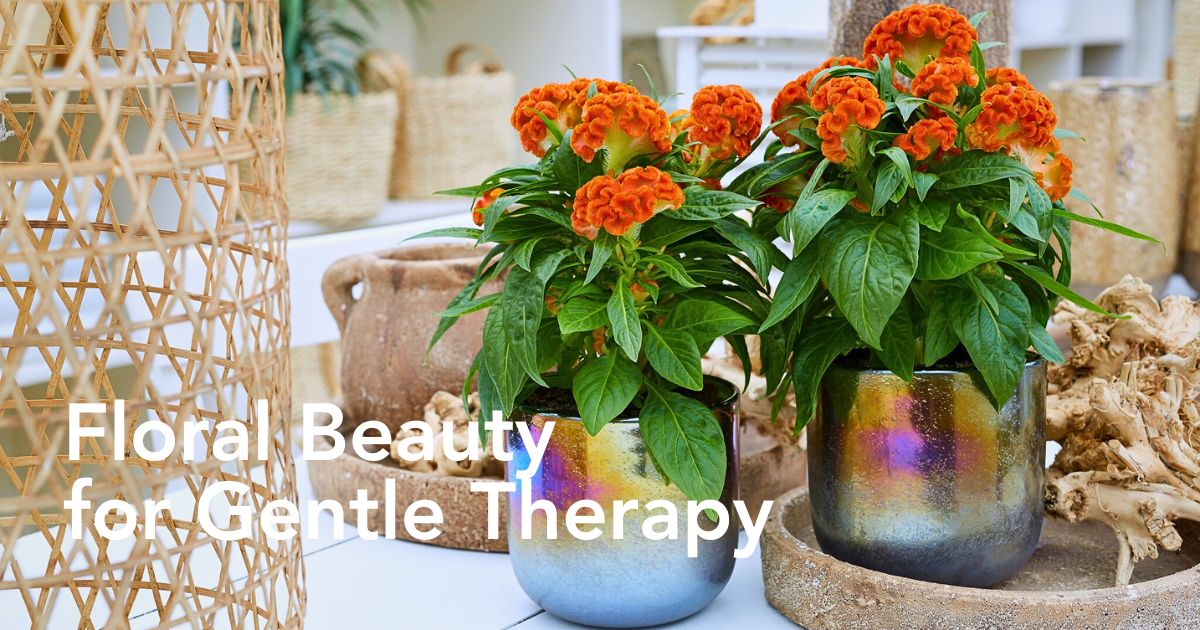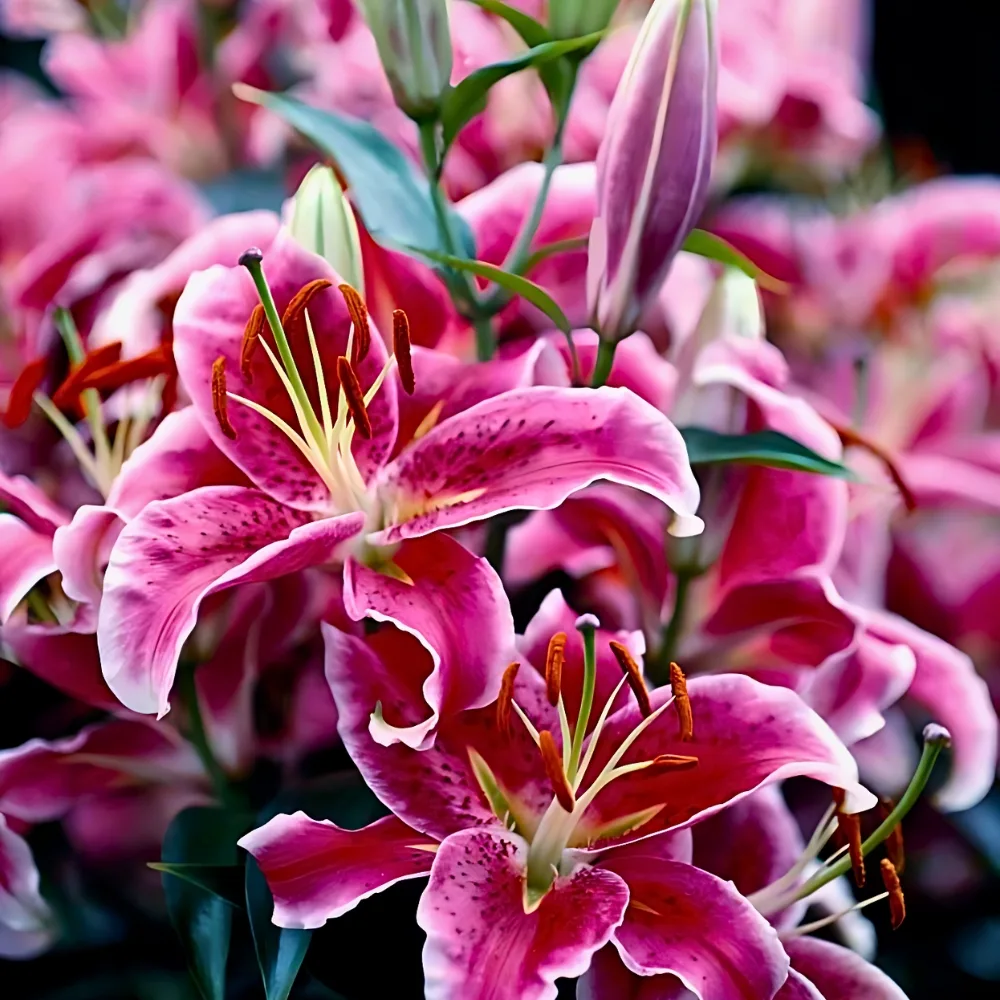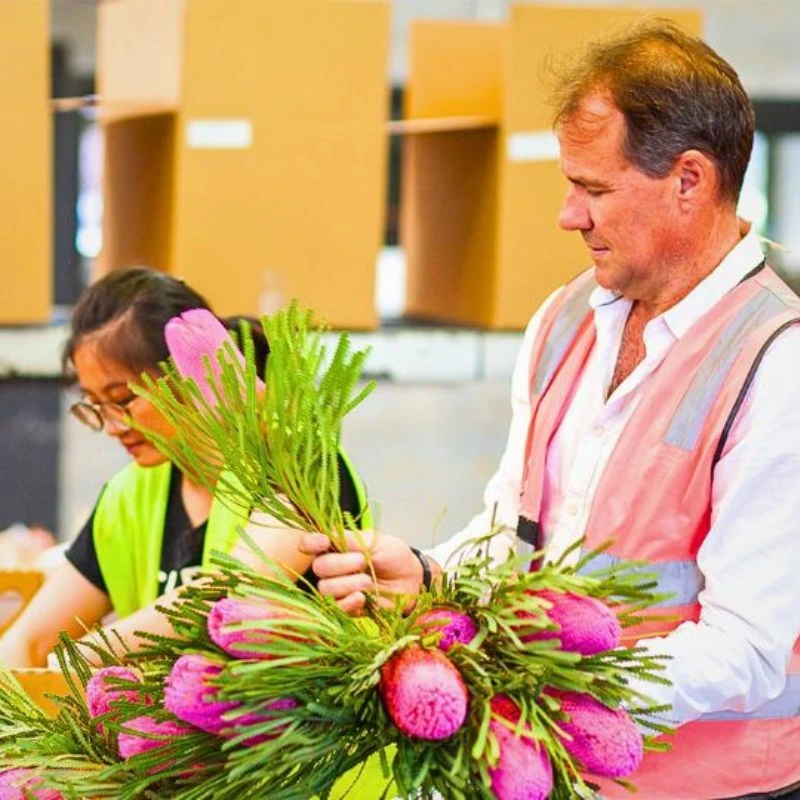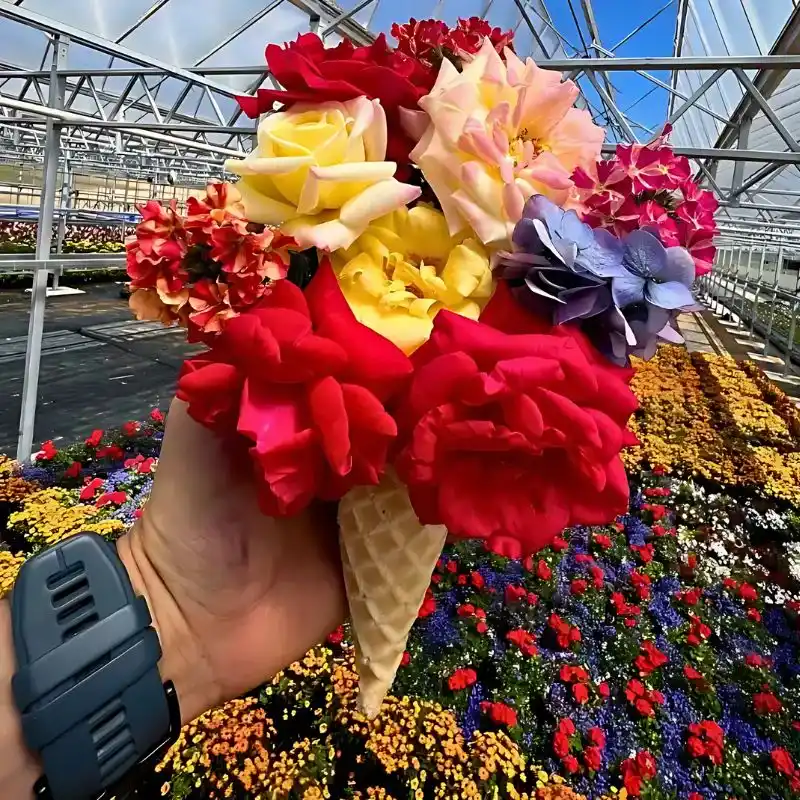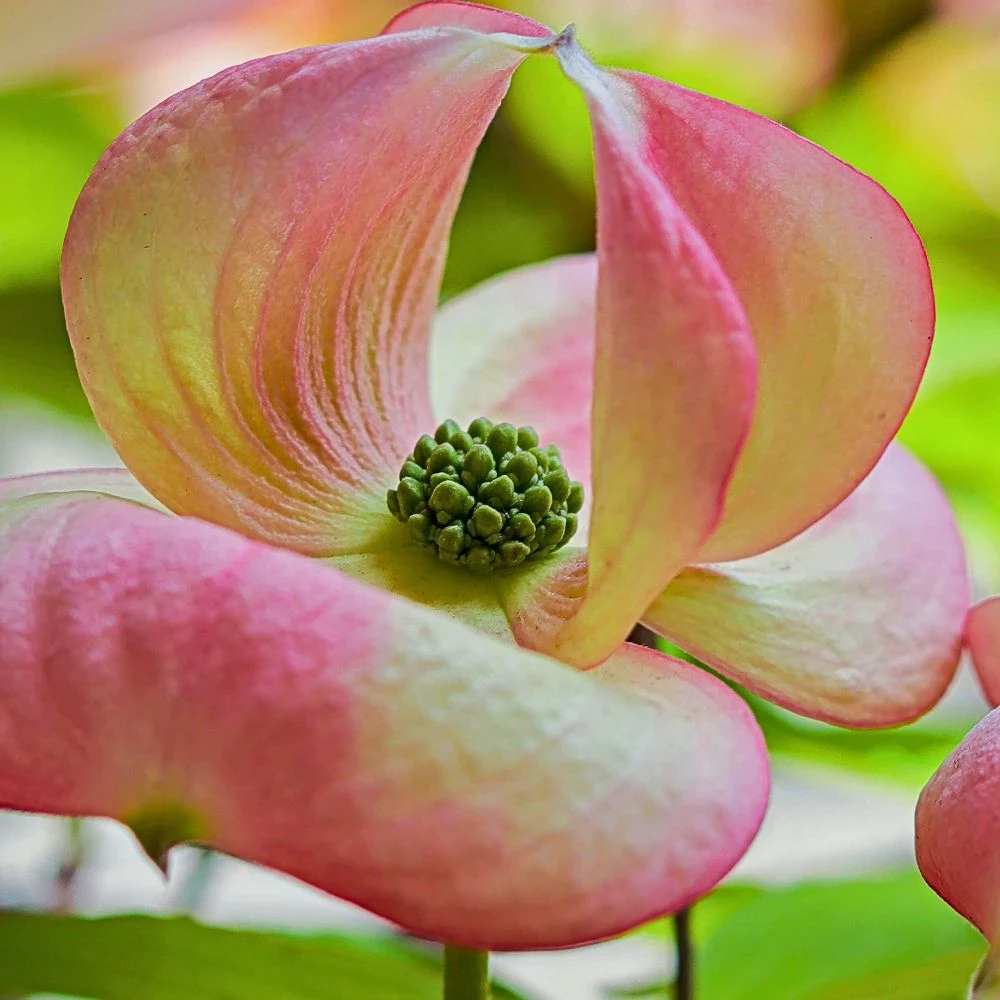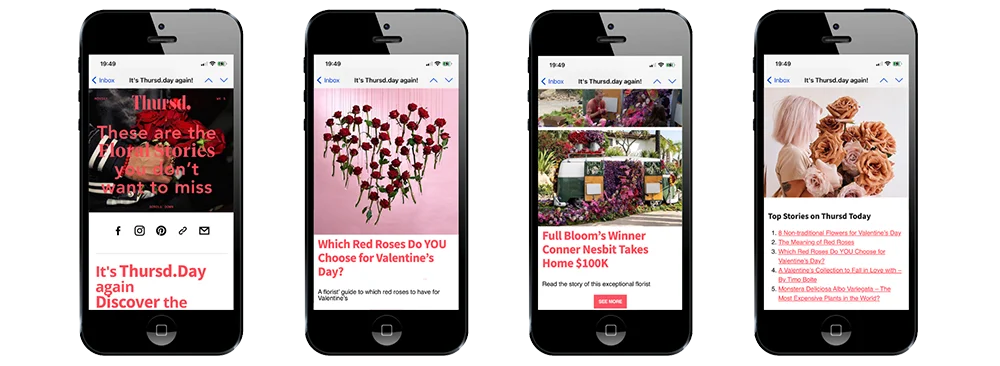The ancient Egyptians knew something that modern humans are now just rediscovering through modern science. They knew that flowers are much more than what they appear to be. While we often only admire their delicate petals and smell their intoxicating fragrances, something more happens beneath the surface of consciousness. Think stress hormones decrease, hearts slow to a calmer rhythm, and minds shift into a more peaceful state.
Imagine walking into a room that has flowers, and suddenly feeling your shoulders relax, your breathing deepen, and perhaps a subtle smile cross your lips. What caused all these reactions? Could it be the vibrant splash of marigolds on the windowsill, or maybe the subtle fragrance of jasmine drifting through the air? Logically thinking, it most certainly has to be the mix of floral beauty and well-being—the aesthetic and gently therapeutic values of floriculture.
The Science Behind Floral Healing Therapy
When we interact with flowers, something delightful happens in our brains. The rich colors, intricate forms, and fragrances create what researchers call a 'multi-sensory experience' that engages all the senses simultaneously. This is not just pleasant; rather, it is genuinely therapeutic. Studies have shown that such exposure to floral environments leads to increased feelings of happiness and significantly reduced stress levels. Participants always reported measurable improvements in mood within minutes of exposure.
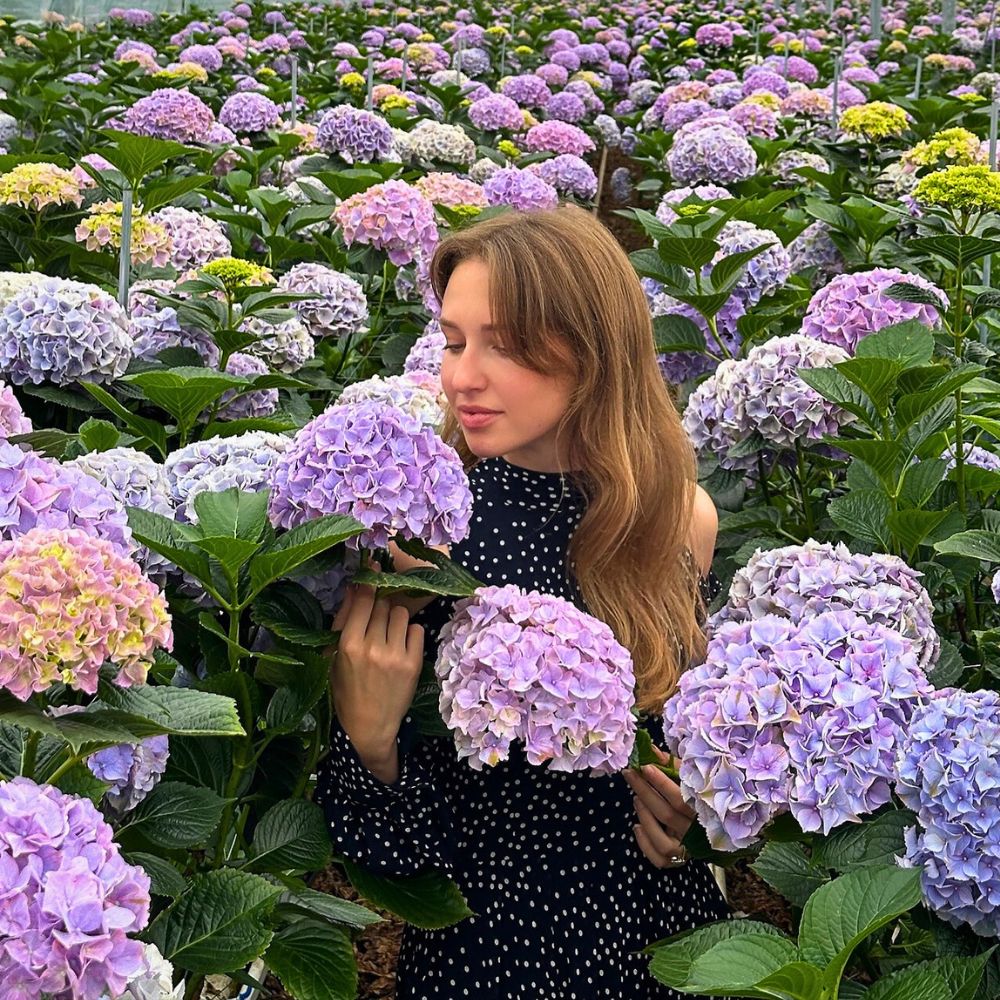
The fragrance of jasmine or lavender, for instance, directly connects to our brain's limbic system, the area governing emotions and memories. This neurological pathway explains why certain floral scents can instantly take one to cherished moments or calm anxious minds with great precision. What is particularly fascinating is how universal these responses appear to be across cultures and age groups. Research from Rutgers University found that people of all ages expressed genuine 'true smiles' upon receiving flowers—those authentic expressions that engage the muscles around the eyes, not just the mouth—suggesting that the positive reaction to those flowers goes way past cultural and generational boundaries.
Essentially, people seem hardwired to appreciate the beauty and symbolism that flowers represent. When we encounter flowers, our brains respond by releasing a cocktail of feel-good chemicals, including dopamine, serotonin, and endorphins, making a simple floral encounter a therapeutic experience. Research reveals that individuals who interact with flowers consistently report higher levels of positive emotions and measurably lower anxiety levels compared to those in non-floral environments.
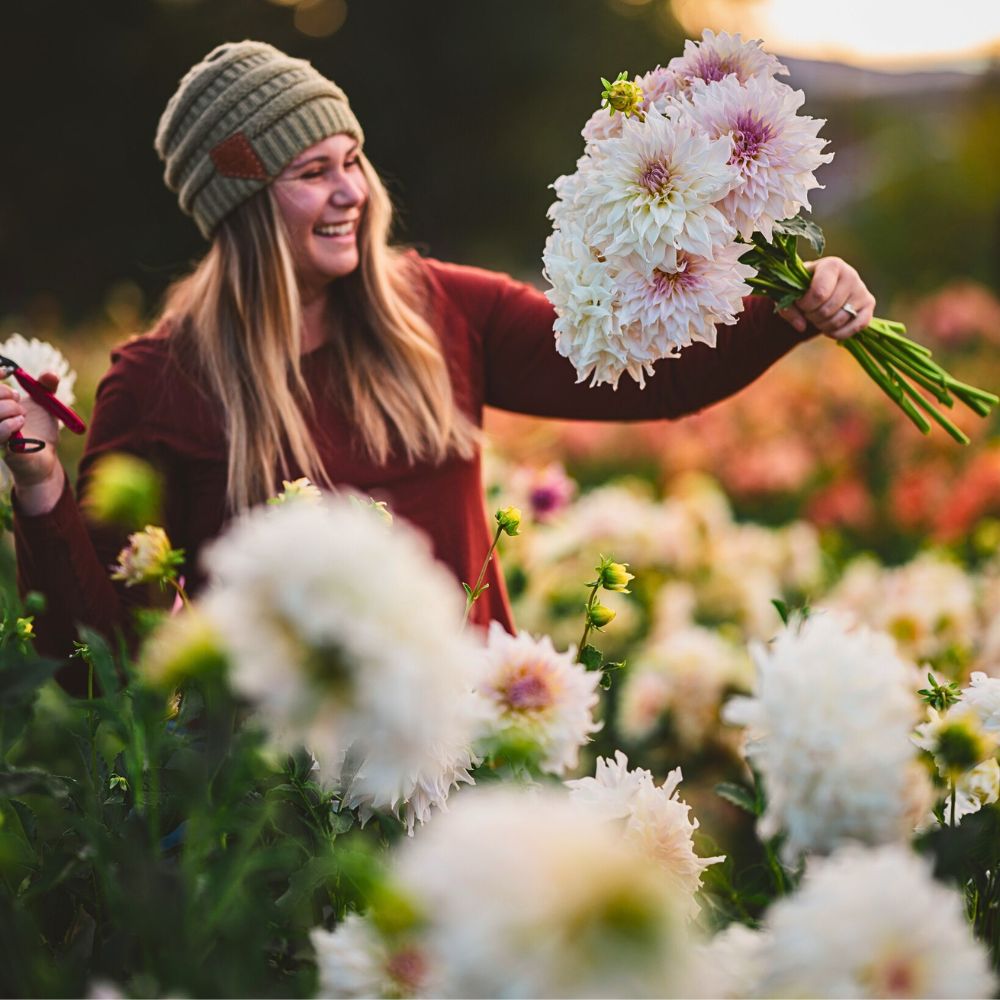
Floriculture as Nature's Ancient Pharmacy
The therapeutic journey of flowers stretches back millennia. It weaves through civilizations like a golden thread of healing knowledge. From Egyptian times, when Calendula soothed wounded bodies, to Chinese gardens where Chrysanthemum cooled fevered brows, flowers have been nature's pharmacy across cultures and ages. What our ancestors understood intuitively, today's scientific research confirms with great precision: the idea that flowers contain bioactive compounds that work as natural medicine.
Flavonoids act as powerful antioxidants, fighting cellular damage that leads to illness and aging. Terpenoids provide anti-inflammatory and pain-relieving effects, while essential oils offer antimicrobial protection and soothing comfort. Consider Calendula, the humble pot marigold that has earned its reputation as a floral first-aid kit. Rich in flavonoids, carotenoids, and saponins, it accelerates wound healing, reduces inflammation, and fights infections. Its petals can be made into healing salves that treat everything from cuts and burns to eczema and dermatitis.
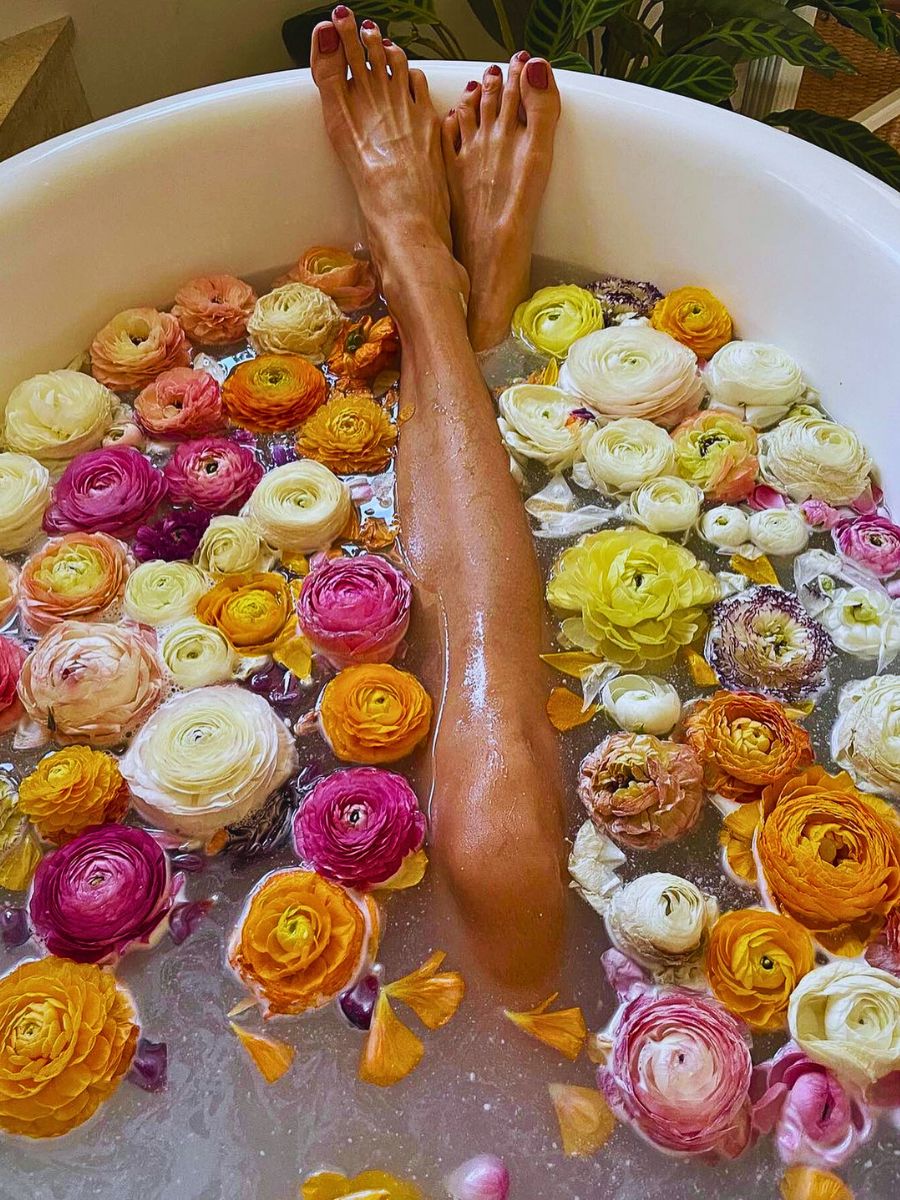
Different flowers have their own therapeutic gifts to this natural pharmacy. The cheerful hibiscus contains anthocyanins and vitamin C that help regulate blood pressure, support digestive health, and combat oxidative stress. Lavender is nature’s anxiety relief specialist, with linalool and linalyl acetate compounds that promote restful sleep, alleviate pain, and heal minor wounds with antiseptic properties. Jasmine works as a gentle nervous system soother, reducing anxiety, relieving menstrual discomfort, and supporting digestive health through its complex blend of flavonoids and essential oils.
Evening primrose oil, extracted from the flower's seeds, contains beneficial omega-6 fatty acids that support hormonal balance and maintain healthy skin. Even the cheerful sunflower contributes to this floral pharmacy lineup; away from their mood-lifting appearance, sunflower petals contain flavonoids and antioxidants that soothe digestive issues and provide anti-inflammatory benefits when consumed as healing teas. Plus, their seeds offer a lot more medicinally.
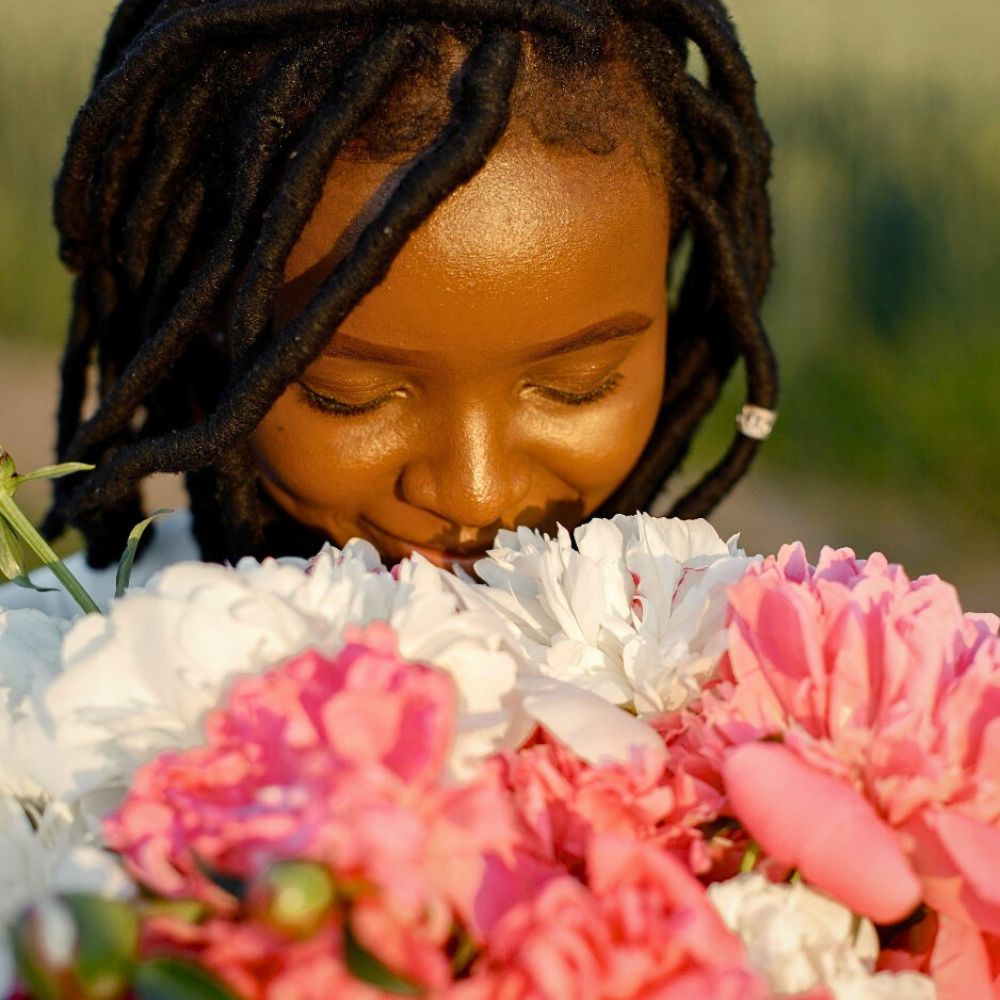
When Colors Speak Louder Than Words in the Language of Flowers
Throughout human history, flowers have worked as a refined language for expressing emotions that words often struggle to capture. This symbolic communication system, known as floriography, allows people to convey complex feelings through their colors, varieties, and forms. Red roses speak of passionate love and desire, while white lilies represent purity, renewal, and devotion. Marigolds celebrate joy and auspiciousness, jasmine embodies grace and simplicity, and in many Asian traditions, the sacred lotus symbolizes enlightenment and divine beauty, rising pristine from muddy waters.
This floral language performs a crucial psychological function outside simple symbolism. It enhances the social dimensions of human lives, strengthening interpersonal relationships and building enhanced community bonds. When we receive flowers, we experience great feelings of care, connection, and appreciation that increase meaningful social interaction and nurture our fundamental need for belonging—a vital component of emotional well-being that addresses isolation and loneliness through floral gifts.
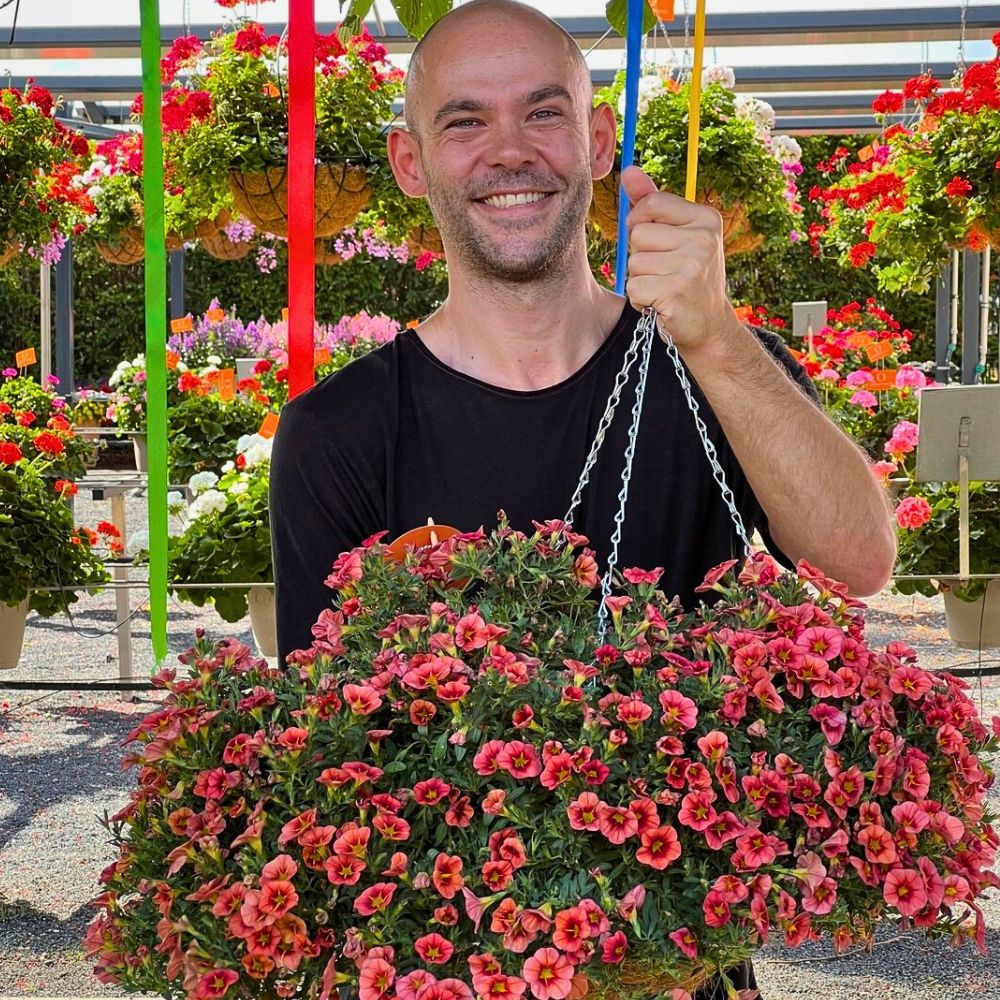
Gardening and Flowers Offering Physical and Mental Health Benefits
Perhaps the most obvious aspect of floriculture's therapeutic value lies in its impact on mental health through active, mindful engagement. Gardening provides what psychologists call 'purposeful activity.' These are meaningful tasks that give people a genuine sense of accomplishment and connection to something larger than themselves. When we plant, water, and watch flowers grow, we participate in life's fundamental cycle of renewal, which can be immensely healing for those struggling with mental health challenges.
The physical activity involved in gardening promotes the release of endorphins, the body's natural mood elevators, while providing gentle, purposeful exercise that improves cardiovascular health and overall fitness. The repetitive motions of planting and weeding soon become meditative practices that quiet racing thoughts and ground people in the present moment. Such is why research has documented that individuals who regularly interact with flowers report sustained improvements in emotional well-being, with long-term studies showing increased life satisfaction and overall happiness when flowers are consistently part of their environment.

Green spaces populated with flowers also contribute to environmental health in ways that directly benefit physical well-being. These living spaces filter pollutants from the atmosphere, creating cleaner air that supports respiratory health and overall vitality. Breathing in flower-enhanced environments is a form of natural air purification therapy that nourishes both body and spirit.
Healthcare Healing Environments
In healthcare settings, the therapeutic power of flowers is even more evident and measurable. Hospitals and medical facilities that incorporate flowers and plant life into their design report significantly lower anxiety levels among patients, leading to shorter recovery times and improved patient satisfaction with care. This idea represents a crucial change in how people understand healing—recognizing that therapeutic environments must nurture the whole person, not simply treat isolated symptoms.
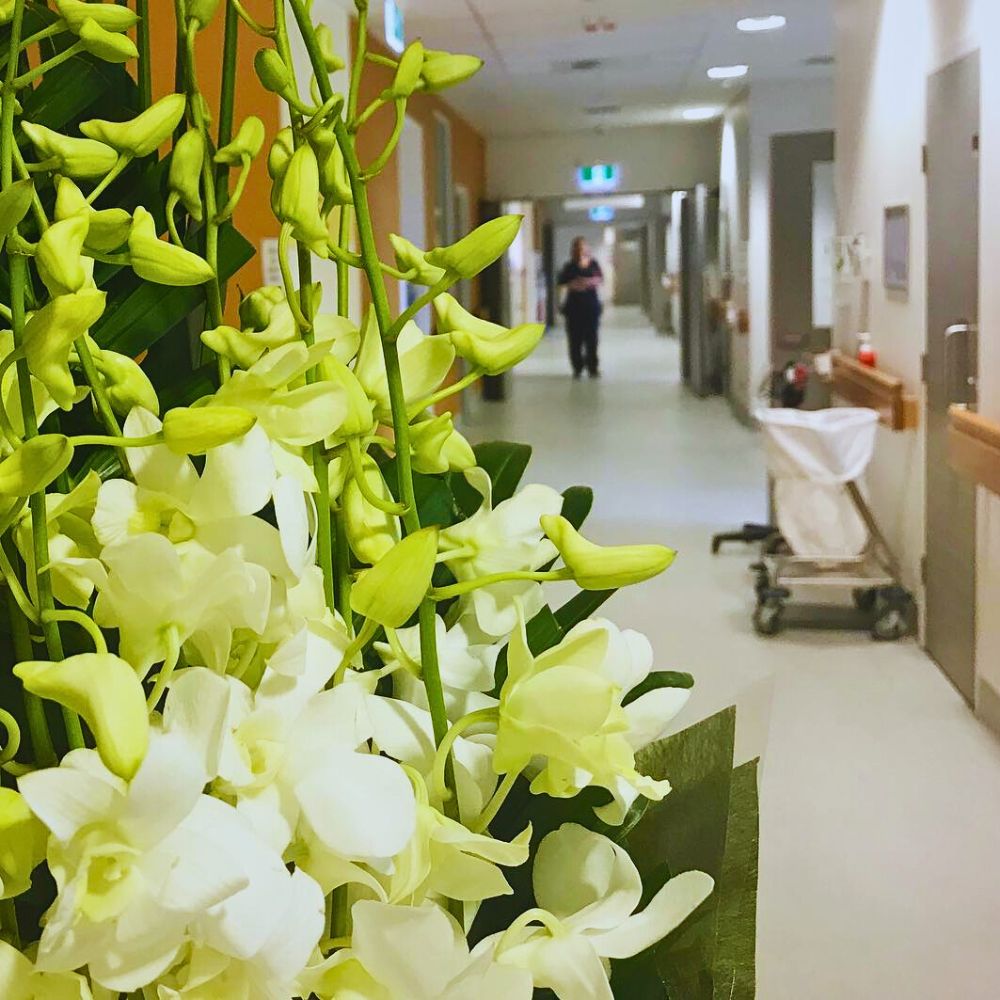
Healthcare workers also benefit greatly from these aesthetic improvements, reporting higher job satisfaction and reduced workplace stress in flower-enhanced environments. This positive change directly translates to improved patient care outcomes, creating a healing cycle that benefits everyone involved. The implementation of floriculture in healthcare design also offers an ideal shift from viewing flowers as decorative luxuries to recognizing them as therapeutic necessities that support the healing process.
The Mindful Practice of Floral Wellness
The therapeutic applications of flowers bring out their fullest expression in the intentional practice of floral therapy—an approach that harnesses flowers' mood-enhancing properties through conscious, mindful engagement. Whether through gardening, arranging bouquets, or simply spending contemplative time in flower-rich environments, these activities promote mindfulness and emotional balance in ways that beautifully complement traditional therapeutic approaches.
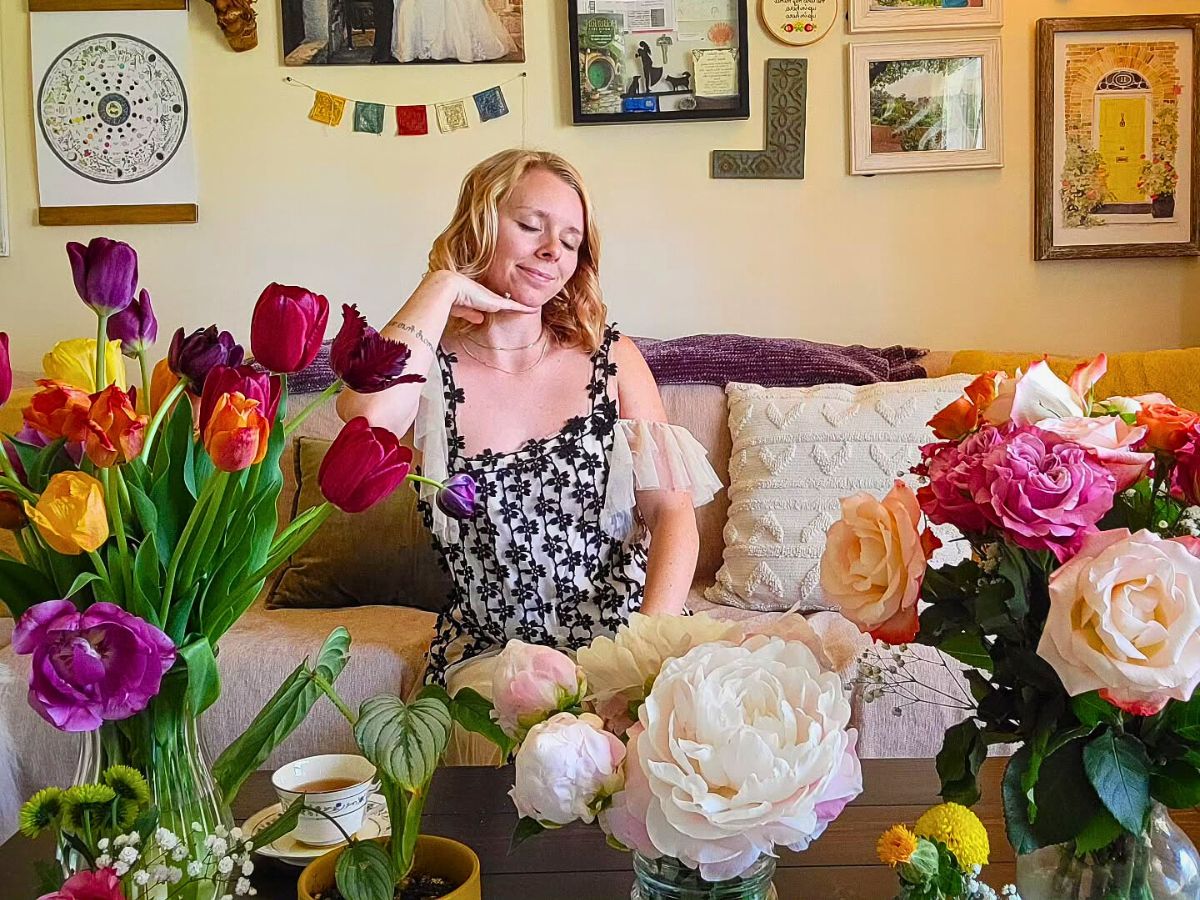
Stories of transformation abound among individuals who have thoughtfully incorporated flowers into their healing journeys. Those who integrate flowers into their living spaces consistently report enhanced feelings of tranquility, reduced anxiety levels, and an overall sense of life satisfaction that extends outside the immediate visual pleasure. These experiences reflect a deeper truth about human nature: that flowers bridge the natural world and humans’ well-being, creating healing ways that acknowledge both biological needs and spiritual aspirations for beauty, meaning, and connection.
Recognizing flowers and floriculture as essential components of human well-being is, therefore, increasingly becoming important in the modern world. Flowers are no longer luxury items or simple decorations, but essential tools for maintaining mental health, physical wellness, and emotional balance in the modern-day’s often disconnected lives.
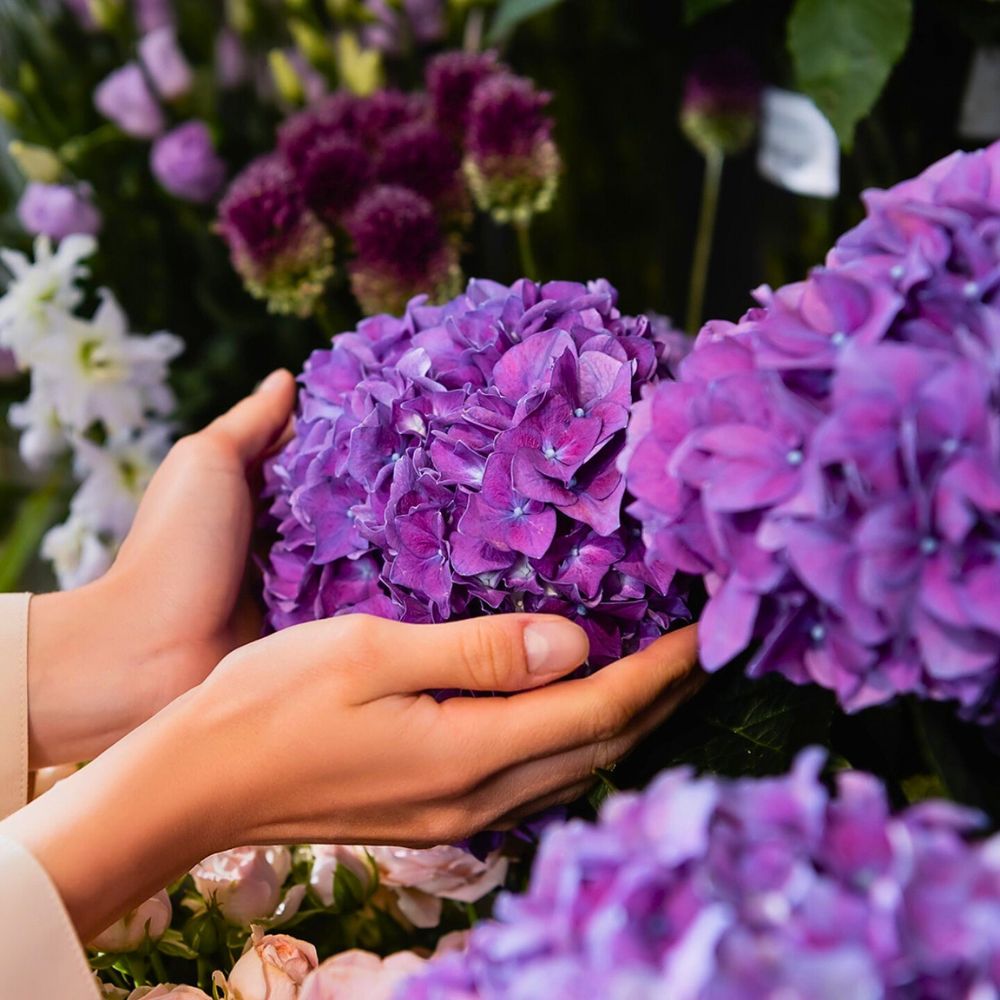
The science is abundantly clear that flowers offer a direct, accessible connection to nature's healing power, providing beauty that nourishes the soul while delivering measurable therapeutic benefits that enhance overall well-being and the quality of life.
Feature image by @kwekerijvicini. Header image by @sv.consumer.

